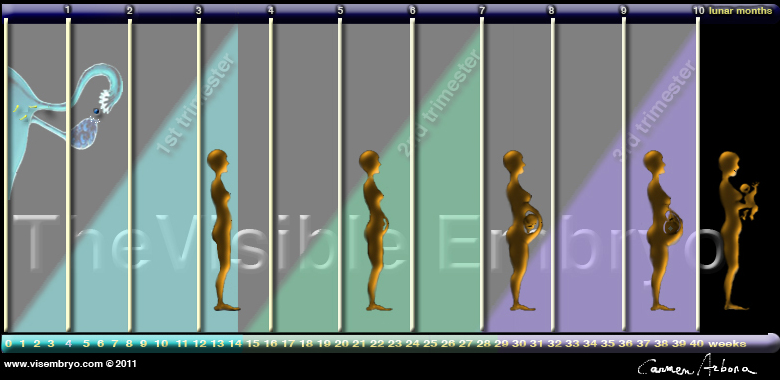|
|
Developmental Biology - Brain
Reaching and Grasping - Tunes Our Brain
Learning how fine motor coordination strengthens our neural network...
When we train someone how to reach for and hold an object, we are training their brains. That grasping action stimulates connections of neurons in our red nucleus, a region located in our midbrain.
Researchers at the University of Basel's Biozentrum identified how this group of nerve cells promotes plastic reorganization of the brain through execution of fine motor tasks. Results from their study are published in Nature Communications.

Simply grasping a coffee cup needs fine motor coordination of the highest precision. It requires learned and trained behaviors. Prof. Kelly Tan's research group at the Biozentrum, University of Basel, investigated the red nucleus, and identified a new population of nerve cells which changes the more hand grasping is practiced. Connections between this group of nerve cells becomes stronger with repeated 'grasping' excercise.
The red nucleus, a little investigated region of the brain
Over the years, the red nucleus has received little attention in brain research, despite its important role in fine motor coordination. For muscles to perform a movement correctly, brain commands must be transmitted through the spinal cord and into the brain laying a neural foundation for new motor skills. And as a skill, grasping can be trained and improved, even in adults.
Kelly Tan's team has now investigated the red nucleus in more detail using a mouse model to analyze its structure and composition. "We found this brain region is very heterogeneous and consists of different neuron populations," says Giorgio Rizzi, first author of the study.
Improved fine motor skills through plastic changes
Researchers charted one of the red nucleus neuron populations, demonstrating how learning grasping movements strengthens connections between individual neurons. "When learning fine motor skills, coordination of movement is optimized and stored in the brain as a code," explains Tan.
In the future, the team wants to investigate the stability of these strengthened nerve cell connections to see to what extent they regress if fine motor movements are not practiced. The research could provide insight into how Parkinson's motor disorders originate and how to possibly mitigate motor loss.
Abstract
The red nucleus (RN) is required for limb control, specifically fine motor coordination. There is some evidence for a role of the RN in reaching and grasping, mainly from lesion studies, but results so far have been inconsistent. In addition, the role of RN neurons in such learned motor functions at the level of synaptic transmission has been largely neglected. Here, we show that Vglut2-expressing RN neurons undergo plastic events and encode the optimization of fine movements. RN light-ablation severely impairs reaching and grasping functions while sparing general locomotion. We identify a neuronal population co-expressing Vglut2, PV and C1QL2, which specifically undergoes training-dependent plasticity. Selective chemo-genetic inhibition of these neurons perturbs reaching and grasping skills. Our study highlights the role of the Vglut2-positive rubral population in complex fine motor tasks, with its related plasticity representing an important starting point for the investigation of mechanistic substrates of fine motor coordination training.
Authors
Giorgio Rizzi, Mustafa Coban and Kelly R. Tan. The authors declare no competing interests.
Acknowledgments
The authors wish to thank the past and present members of the Tan Lab for constructive input, the Biozentrum Imaging Facility, the G. Keller’s laboratory for providing viral vectors. This work was supported by the Swiss National Science Foundation (PPOOP3_150683 and BSSGIO_155830) and the Biozentrum.
Return to top of page
| |
|
Jun 17 2019 Fetal Timeline Maternal Timeline News
 Fine motor skills such as grasping and pointing, are steered by the red nucleus — a region of our midbrain — to long term storage in the brain. CREDIT University of Basel, Biozentrum.
|




